Your Journey to a Healthier Life Starts Here
Free Insurance Verification
Verify Your Treatment Coverage
Verify Your Treatment Coverage
Explore a comprehensive guide to 27 inpatient, 26 outpatient, and 19 detox centers across New York. Compare costs, reviews, and treatment options to find the perfect rehab facility for your needs.

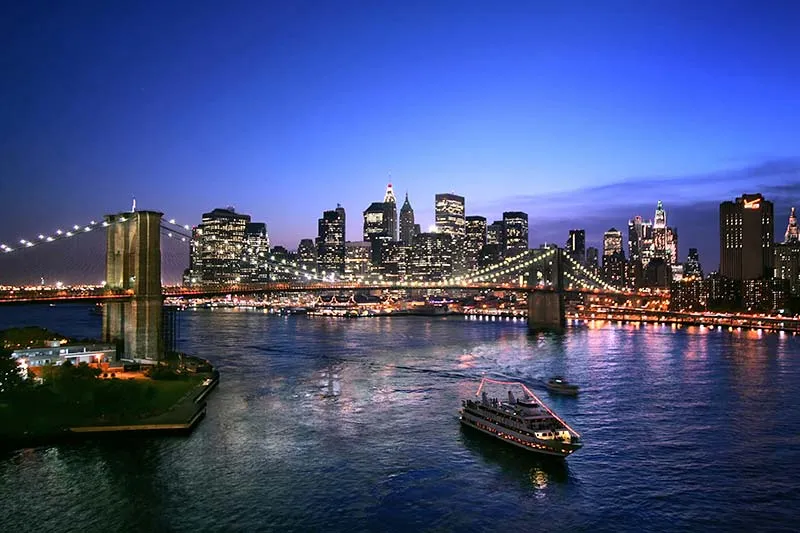 | AAA Health - Chemical Dependency Outpatient ProgramAAA Health – Chemical Dependency Outpatient Program, located at 1090 Coney Island Avenue, 2nd Floor, Brooklyn, NY 11230, specializes in providing comprehensive outpatient services for individuals seeking recovery from substance use disorders. The program offers personalized treatment plans, counseling, and support groups designed to help clients achieve and maintain sobriety. With a focus on evidence-based practices and compassionate care, AAA Health is dedicated to empowering individuals on their journey to recovery and improved mental health. Discover the supportive resources available at AAA Health and take the important step towards a healthier, substance-free life. 1090 Coney Island Avenue 2nd Floor, Brooklyn, NY 11230 | Levels of Care:outpatient Payment Options:Medicaid Private insurance Self-Pay Options Financial Aid Medicare Military Insurance | ||
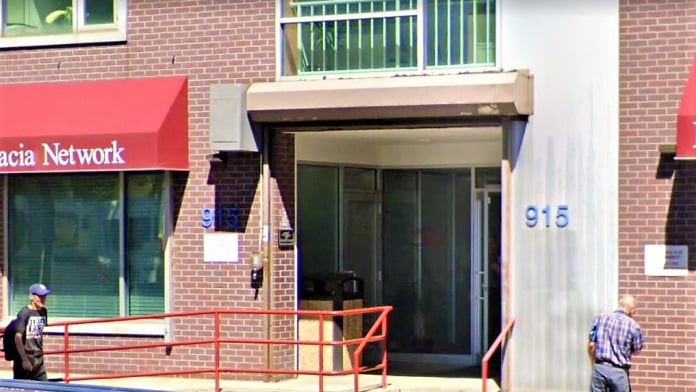 | Acacia Behavioral Health915 Westchester Avenue Bronx NY, 10459 | Payment Options:Self-pay options Private insurance Medicaid Medicare | ||
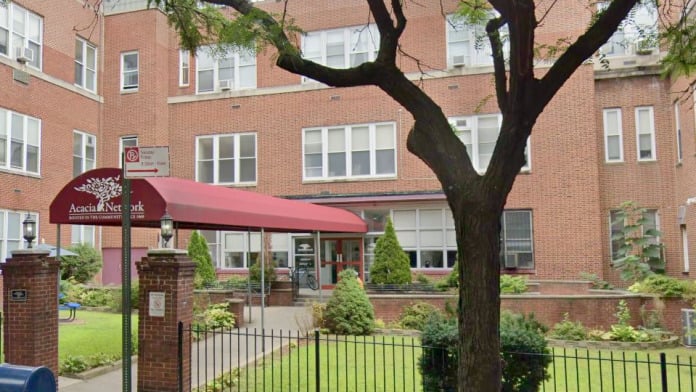 | Acacia Network300 E 175th St Bronx, NY 10457 | Payment Options:Medicaid Private insurance Self-pay options Medicare | ||
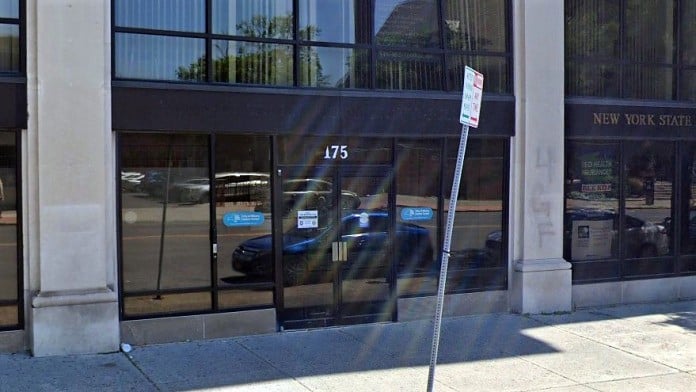 | Acacia Network - Camino Nuevo175 Central Avenue 4th Floor Albany NY, 12206 | |||
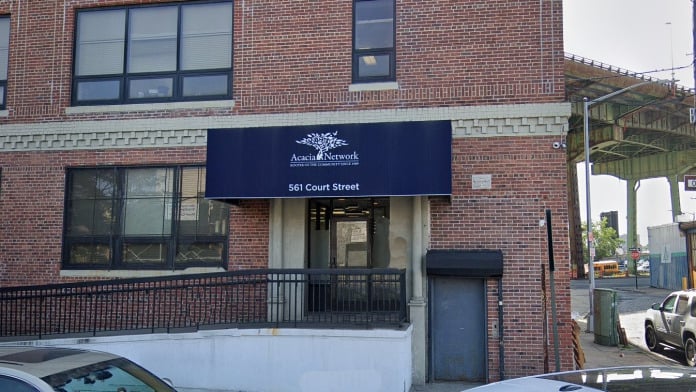 | Acacia Network - Carlos Pagan Recovery Center561 Court Street Brooklyn NY, 11231 | |||
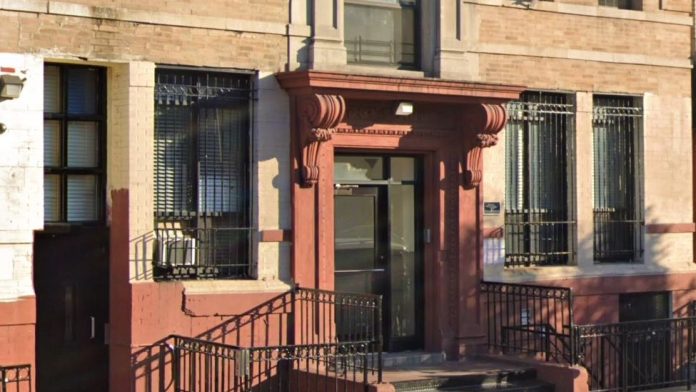 | Acacia Network - Casita Esperanza974 Prospect Avenue Bronx NY, 10459 | |||
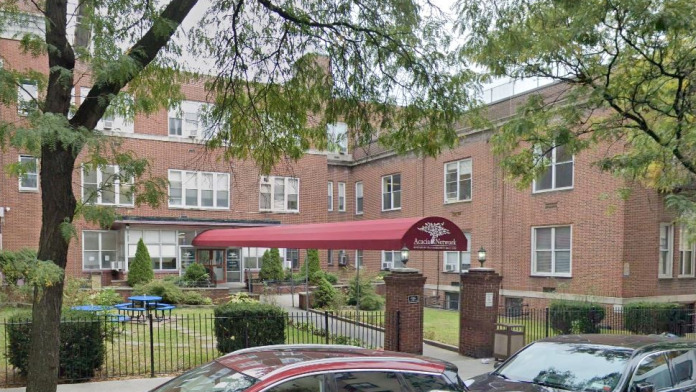 | Acacia Network - Clay Avenue1776 Clay Avenue Bronx NY, 10457 | |||
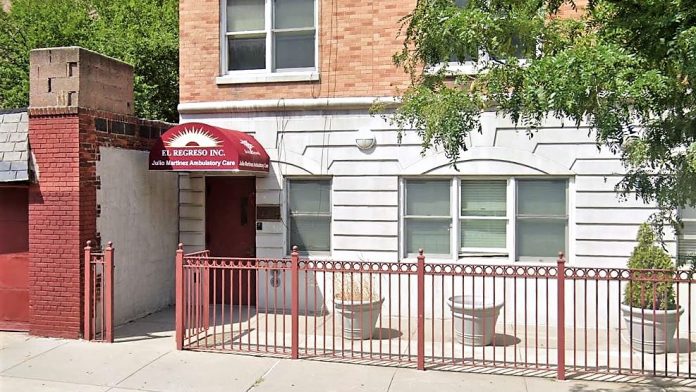 | Acacia Network - El Regreso Julio Martinez Ambulatory Care141 South 3rd Street Brooklyn, NY 11211 | |||
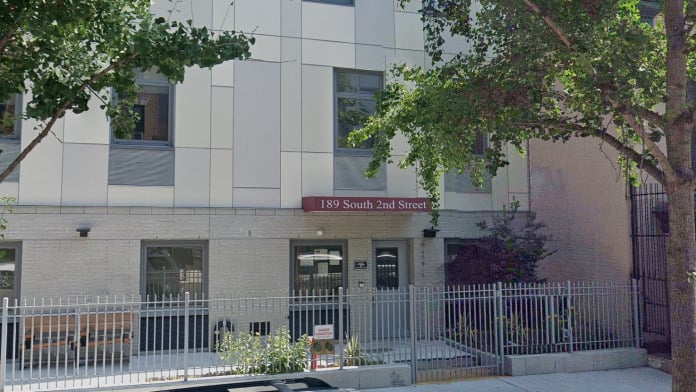 | Acacia Network - El Regreso Mens189-191 South 2Nd Street Brooklyn NY, 11211 | |||
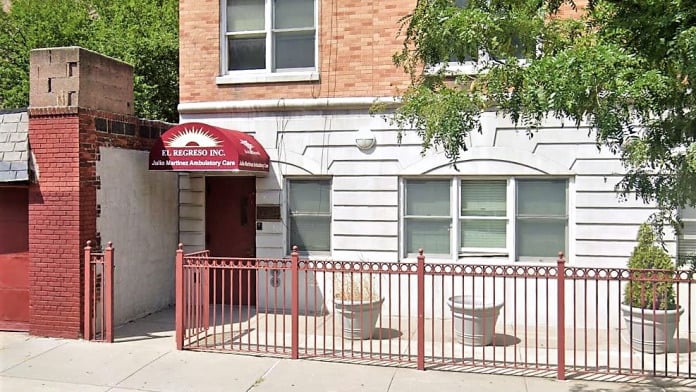 | Acacia Network - El Regreso Womens141 South 3Rd Street Brooklyn NY, 11211 | |||
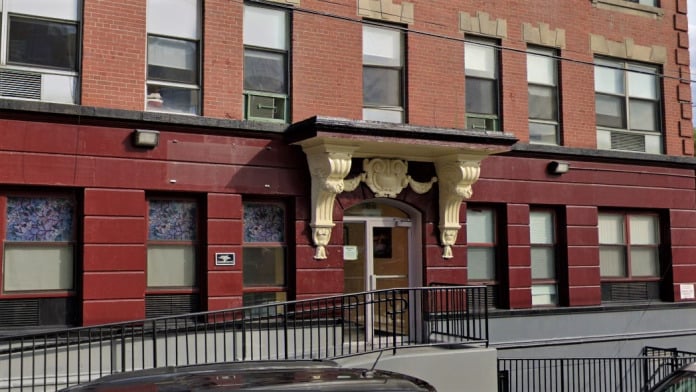 | Acacia Network - Franklin House1064 Franklin Avenue 1st - 5th Floors Bronx NY, 10456 www.acacianetwork.org(718) 861-5650 | |||
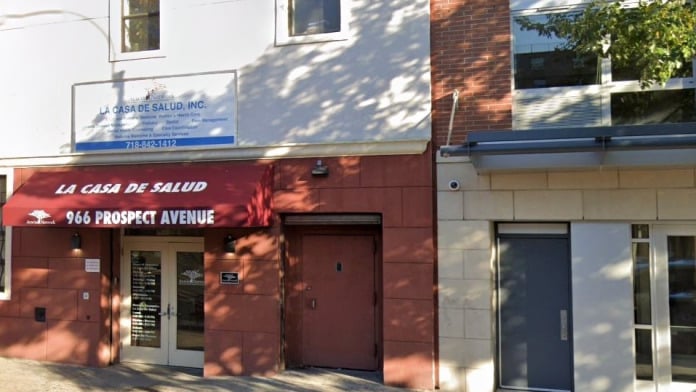 | Acacia Network - Mrs. As Place966 Prospect Avenue 2nd Floor Bronx NY, 10459 | |||
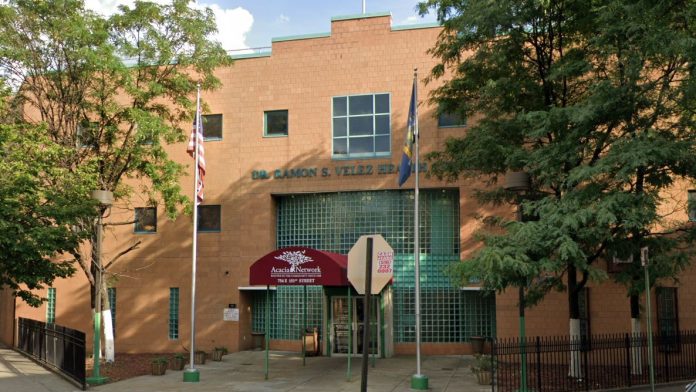 | Acacia Network - Ramon Velez Health Center754 East 149Th Street Bronx NY, 10455 | |||
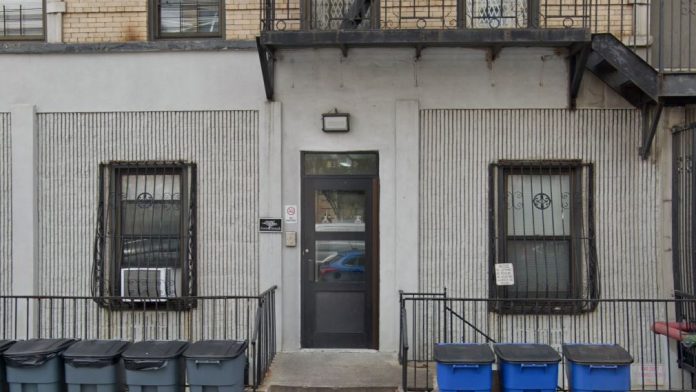 | Acacia Network - UBP La Casita I834 East 156Th Street Bronx NY, 10455 | |||
Acacia Network - UBP La Casita II603 Prospect Avenue Bronx NY, 10455 | Payment Options:Medicaid Private insurance Self-pay options Financing available Medicare Financial aid Sliding scale payment assistance | |||
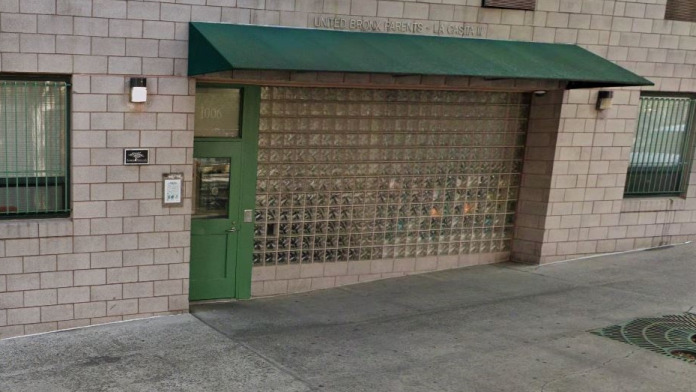 | Acacia Network - UBP La Casita III1006 East 151St Street Bronx NY, 10455 | |||
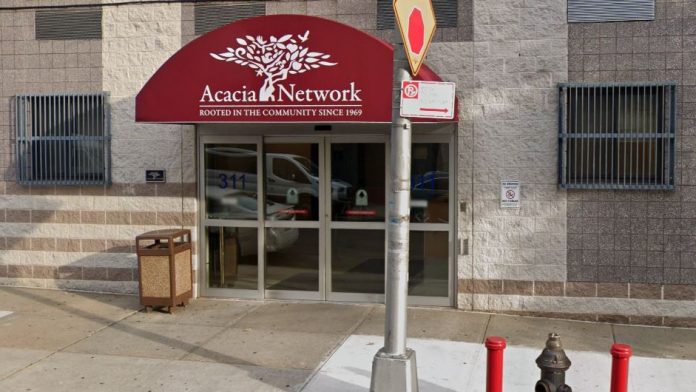 | Acacia Network - Youth Residential311 East 175Th Street Bronx NY, 10457 | |||
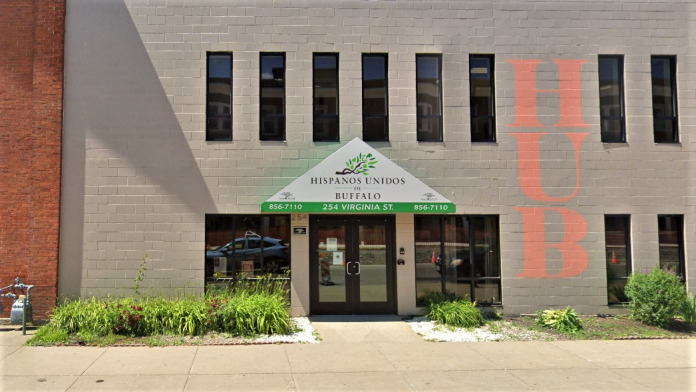 | Acacia Network Hispanos Unidos De BuffaloAcacia Network Hispanos Unidos De Buffalo, located at 254 Virginia Street, Buffalo, NY 14201, is committed to providing essential support services for the Hispanic community. The organization offers a range of programs, including mental health services, substance abuse treatment, and community outreach initiatives, all designed to promote wellness and empowerment. With a focus on culturally competent care, Acacia Network aims to address the unique needs of individuals and families, fostering a healthier and more connected community. Explore the valuable resources and programs available at Acacia Network and take the step towards improved well-being and support. 254 Virginia St, Buffalo, NY 14201 | Levels of Care:DetoxInpatientoutpatient Payment Options:Medicaid Private insurance Self-Pay Options Financial Aid Medicare | ||
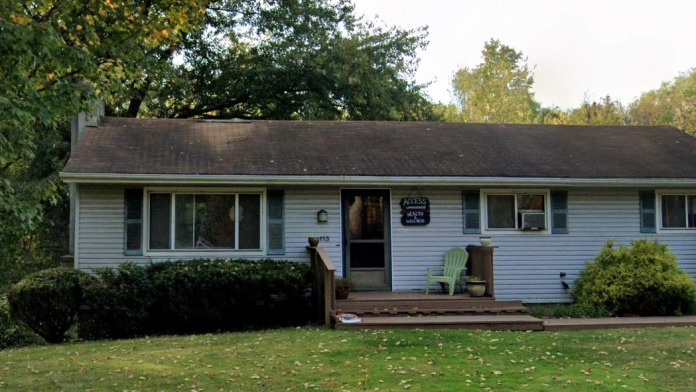 | Access Comprehensive Services113 North Chestnut Street New Paltz NY, 12561 | Payment Options:Self-pay options Private insurance | ||
Access Supports for Living131 County House Road Suite 101 Millbrook NY, 12545 | Payment Options:Medicaid Private insurance Self-pay options Financial aid Medicare |
Find New York drug rehabs in cities near you or sort by letter.
Calls to any general helpline will be answered or returned by one of the treatment providers listed, each of which is a paid advertiser:
Our helpline is available 24 hours a day, 7 days a week at no cost to you and with no obligation for you to enter into treatment. We are committed to providing support and guidance whenever you need it.
In some cases, Addiction Helpline America charges our verified partner a modest cost per call. This fee helps us cover the costs of building and maintaining our website, ensuring that we can continue to offer this valuable service to those in need.